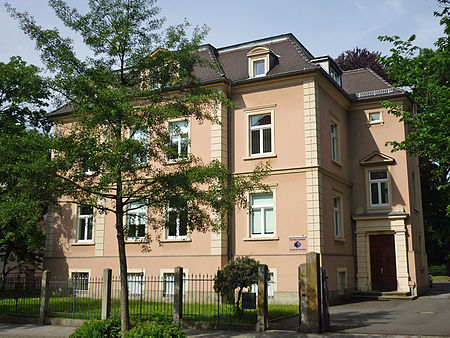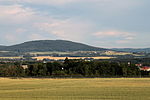Sorbian Institute

The Sorbian Institute (German: Sorbisches Institut; Sorbian: Serbski institut, Upper Sorbian: [ˈsɛʁpskʲi instʲiˈtut] , Lower Sorbian: [ˈsɛrpskʲi instʲiˈtut]) is a research facility focused on Sorbian languages, culture and history. It is an extra-university institute collecting and archiving Sorbian texts and cultural artifacts making them available to the public. Originally founded as Institute for Sorbian Ethnology (Institut für sorbische Volksforschung; Institut za serbski ludospyt) by Pawoł Nowotny in 1951, it was then integrated into the German Academy of Sciences at Berlin in 1952. In 1992, the Sorbian institute was established by a treaty of the two German states Brandenburg and Saxony.
Excerpt from the Wikipedia article Sorbian Institute (License: CC BY-SA 3.0, Authors, Images).Sorbian Institute
Bahnhofstraße,
Geographical coordinates (GPS) Address Phone number Website External links Nearby Places Show on map
Geographical coordinates (GPS)
| Latitude | Longitude |
|---|---|
| N 51.175416666667 ° | E 14.428972222222 ° |
Address
Serbski institut/Sorbisches Institut
Bahnhofstraße 6
02625 , Nordostring - Sewjerowuchodny wobkruh
Saxony, Germany
Open on Google Maps









